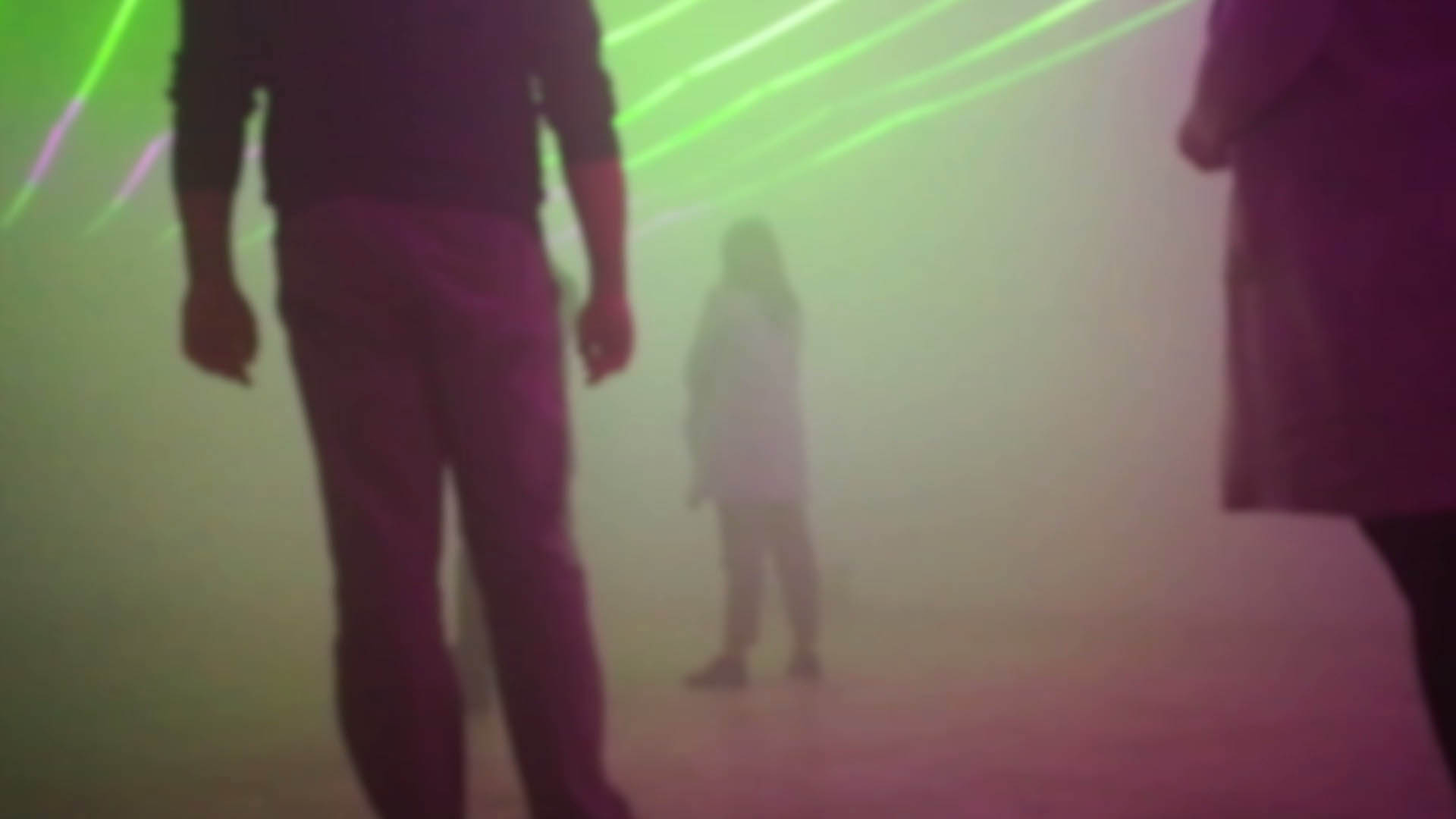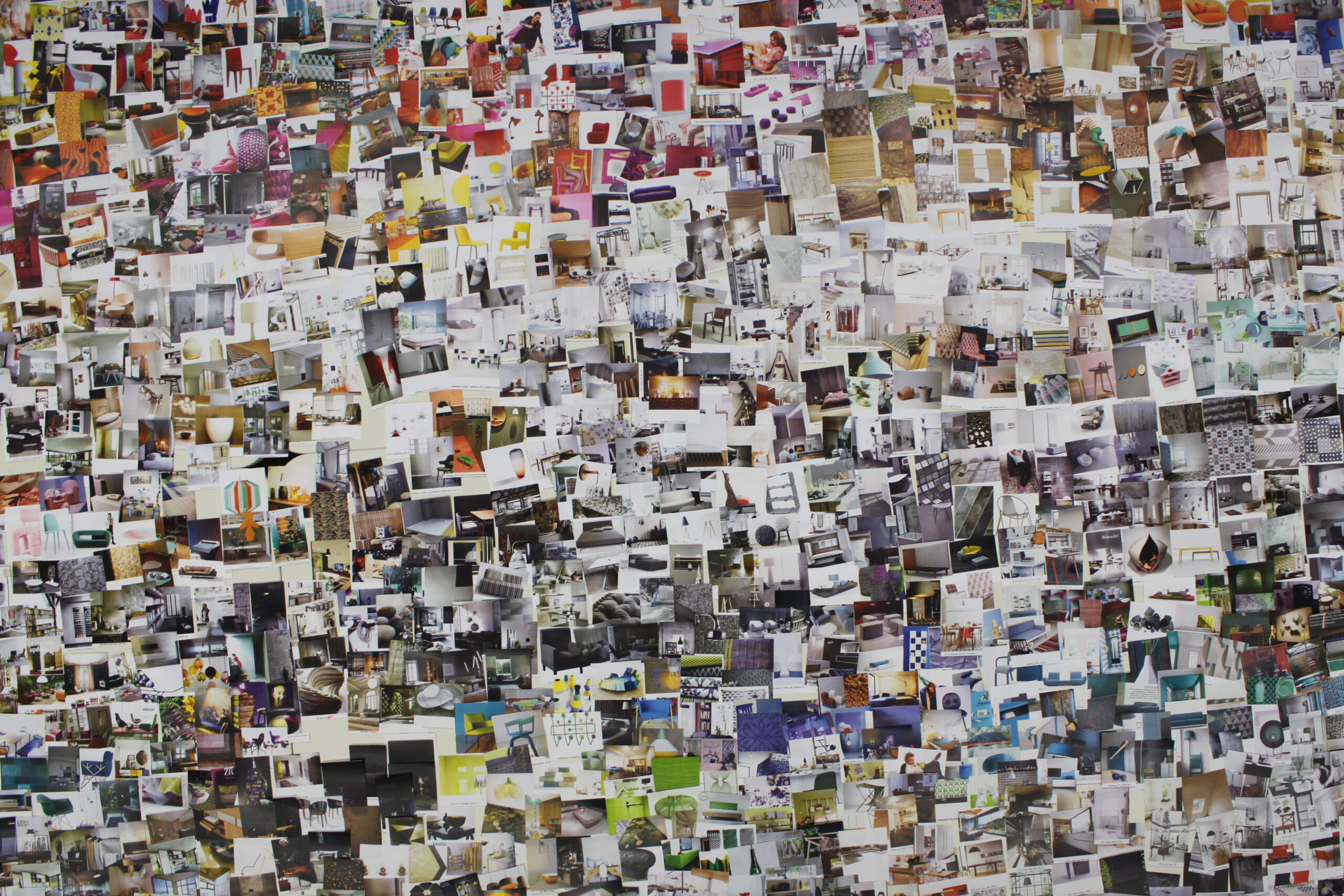More than 500 probands have taken part in the world’s largest psychological study on the effects of colors on human perception and behavior. During the time period of more than 5 years we evaluated more than 1 million images. The findings of the study are reflected in 13 Color-Memory-Maps, which mirrors the associative network of the brain. Color memory reflects the personal experiences of people
12.11.2017
Research Project Framework
Methods: empirical observations and psychological experiments
Probands: 500 people
Period: 5 years
Observation Material: 1 million pictures
Director of research: Prof. Dr. Axel Buether, Chair Visual Communication, Wuppertal University
Research Assistant: Heike Krauss, Color Light Space Research Lab Wuppertal
The effects of colors
Our memory determines what a color means to us and how colours affect our thoughts and feelings. Colors determine the experience of our self and the environment. They influence our behavior and control our actions, even though we rarely recognize the causes.
We feel the »power of colors« when we are attracted or repelled from the appearance of people, things and spaces. We only see beautiful, ugly, delicious or disgusting colors, because our perception is determined by the power of our memories. Human beeings are color experts.
Everyone feels the effects of colors from birth with all its senses. Through trial and error, we learn to align our behavior successfully on the environmental conditions of our natural and cultural space. Color memory forms an important part of our life experience and serves us as a reliable basis for our actions. From a physiologically perspective we see only colors. Content is generated in the process of perception from the sensual material of our memories.
That is why we react disappointed if something is not behaving as promised by the color. We don’t like beautiful colors, that do not fit to us, when we dress up or design our Habitat. We don’t like delicious colors, which do not taste us, when we like to enjoy our meal. We respond angrily, when colors claim our attention, but have no interesting message to tell. The qualities of a color or color composition should transfer the right message.
Color psychology
Color psychology is based on the understanding of the effects of colors on the experience and behavior of people. Consequences for the design and communication process can be derived from an understanding of color meaning and color effects. Applied color psychology promotes the functionality of design and the effectiveness of communication.
Successful color psychology can help us to achieve concrete targets:
- Mediation of set messages
- Observation of desired behavior changes
- Observation of desired actions
- Perception of positive emotions and feelings
- Acceptance and satisfaction targets and target groups
Weblinks
Homepage TEDx Organizer
Kiel University
Science Centre Kiel
Frauenhoferstraße 13
24103 Kiel


